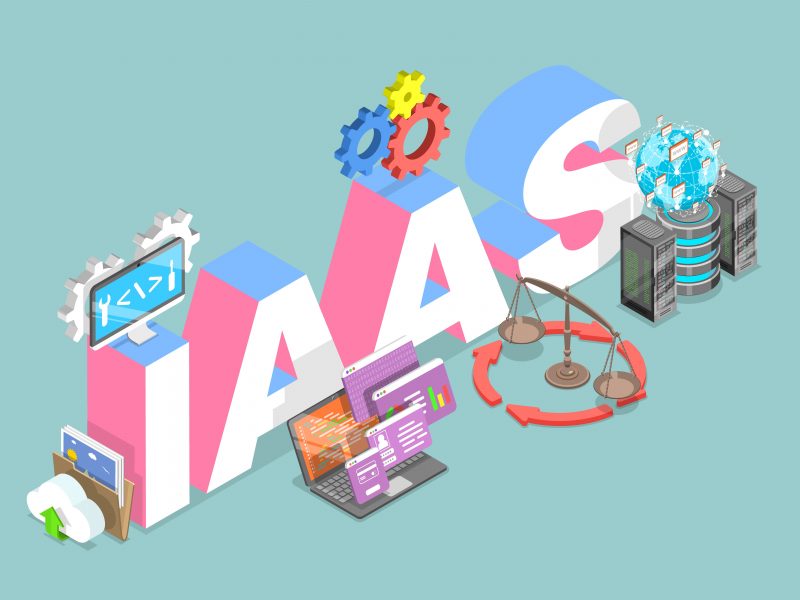If you’re a software developer, you know that bugs are an inevitable part of the development process. Even with the most skilled and experienced team, errors can slip through the cracks. That’s why bug tracking is crucial for any successful software project.
In this comprehensive guide to bug tracking, we’ll explore everything you need to know about effectively managing and resolving bugs. From understanding the importance of bug tracking to choosing the right bug-tracking software and implementing best practices, we’ve got you covered.
So, let’s dive into the world of bug tracking and discover how it can transform your development process from error-ridden chaos to smooth sailing towards solutions!
Bug Tracking Basics
In the world of software development, bugs are a common occurrence. These pesky errors can cause issues with functionality, user experience, and overall project success. That’s where bug tracking comes in.
At its core, bug tracking is identifying, documenting, and resolving software defects or errors. It allows developers to keep track of all reported issues and ensures that they are properly addressed systematically.
The first step in bug tracking is to identify a bug. This can be done through various means, such as manual testing, automated testing tools, user feedback, or even monitoring system logs for any unusual behaviour.
Once a bug is identified, it needs to be documented accurately so that the development team can reproduce it. This includes providing detailed information about how the issue occurred – what steps were taken before the error appeared? What were the expected results versus what actually happened?
The Importance of Bug Tracking
Bug tracking is an integral part of software development and quality assurance processes. It involves identifying, documenting, and resolving issues or bugs in a software application. While it may seem tedious, bug tracking plays a crucial role in ensuring the smooth functioning of the software.
Bug tracking helps in maintaining the overall integrity and reliability of the software. By keeping track of all reported bugs and their corresponding fixes, developers can ensure that no critical issues are overlooked during the development cycle. This helps to deliver a high-quality product to end-users.
Choosing the Right Bug Tracking Software
Choosing the right bug-tracking software is crucial for any development team. With so many options available, it can be overwhelming to find the perfect fit. However, by considering key factors and looking for specific features, you can narrow your choices and make an informed decision.
Consider the size of your team and project. Some bug tracking software is better suited for small teams working on simple projects, while others are designed to group large-scale projects with multiple teams involved. Assessing your needs regarding team size and project complexity will help you determine which software will best support your workflow.
Next, think about integration capabilities. It’s important that the bug tracking software seamlessly integrates with other tools you use in your development processes, such as version control systems or project management platforms. This ensures smooth collaboration between different aspects of your workflow and prevents any unnecessary hiccups.
Factors to Consider
When choosing the right bug tracking software for your team, there are several important factors to consider. These factors will help you make an informed decision and ensure the software meets all your requirements.
It is crucial to assess the scalability of the bug tracking system. As your team grows and takes on more projects, you need a software solution to handle the increased workload without compromising performance or efficiency. Look for a system that allows for easy integration with other tools and can accommodate multiple users simultaneously.
Another factor to consider is ease of use. The bug tracking software should have an intuitive interface that is easy to navigate and understand. Your team members should be able to quickly adapt to using the system without requiring extensive training or support.
Integration capabilities are also essential when considering bug tracking software. It should seamlessly integrate with other development tools such as IDEs (Integrated Development Environments), project management systems, version control systems, and communication platforms like Slack or Microsoft Teams. This integration ensures smooth collaboration among team members and enhances productivity.
Key Features to Look for
When choosing the right bug tracking software for your team, it’s important to consider the key features that will best support your bug tracking needs. Here are some essential features to look for:
1. Easy Issue Reporting: Look for a bug tracking system that allows users to easily report issues with detailed information such as steps to reproduce, screenshots, and attachments. This ensures that bugs are accurately described and can be replicated by developers.
2. Customizable Workflow: A flexible workflow is crucial in adapting the bug tracking process to match your team’s needs. Look for software that allows you to define custom fields, statuses, and workflows so you can tailor them according to your project requirements.
3. Collaboration Tools: Effective collaboration is vital when resolving bugs efficiently. Choose a bug tracking system with features like comments, notifications, and tagging capabilities so team members can easily communicate and collaborate on resolving issues.
4. Integration Capabilities: To streamline your development process further, opt for a bug tracking system that integrates seamlessly with other tools commonly used in your organization, such as project management software or version control systems.
5. Advanced Search Functionality: As projects grow more prominent, finding specific bugs becomes more challenging without robust search functionality. Look for software that offers advanced search filters and keyword searches to locate relevant bugs based on various criteria quickly.
6. Reporting and Metrics: Tracking metrics provides valuable insights into the efficiency of your bug resolution process and helps identify patterns or recurring issues affecting development productivity. Seek out a tool with built-in reporting features or the ability to export data for analysis
By considering these essential features when selecting a bug tracking solution, you can ensure smoother issue resolution processes and improved collaboration within your development team – ultimately leading to higher-quality software releases.
Best Practices for Bug Tracking
Regarding bug tracking, it’s important to have a set of best practices. These practices can help streamline the bug tracking process and resolve issues efficiently. Here are some key best practices to keep in mind:
1. Clear and Detailed Bug Reports: When reporting a bug, provide clear and detailed information about the issue. Include steps to reproduce the bug, expected results, actual results, screenshots or error messages if applicable. The more information you provide, the easier it is for developers to understand and fix the problem.
2. Prioritize Bugs: Not all bugs are created equal. It’s important to prioritize them based on their impact on users or system functionality. This helps developers focus on resolving critical bugs first, while less severe ones can wait.
3. Assigning Bugs: Make sure each bug is assigned to a specific developer or team member responsible for fixing it. This ensures accountability and prevents bugs from falling through the cracks.
4. Regularly Update Bug Status: Keep stakeholders informed about the progress of bug fixes by regularly updating the status of each reported issue—whether it’s in progress, fixed, or awaiting review.
5. Test Fixes Before Closing Bugs: Before closing a bug report, thoroughly test the fix provided by the developer against various scenarios outlined in step 1 above. This helps prevent regression—the re-emergence of previously resolved bugs—and ensures that fixes address all aspects of the reported issue.
6. Collaboration and Communication: Foster open communication between testers, developers,and other stakeholders involved in resolving an issue.
Conclu sion
Bug tracking is a crucial part of software development, allowing teams to identify and address issues efficiently. This guide highlights its significance and explores different tracking systems while emphasizing cost, scalability, and essential features for selecting the right approach. It also offers best practices, including transparent bug reporting and consistent team communication, to maintain transparency and prompt issue resolution.


